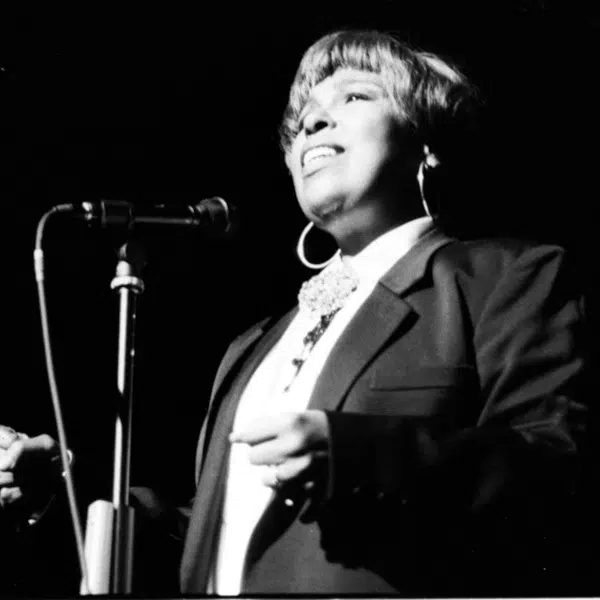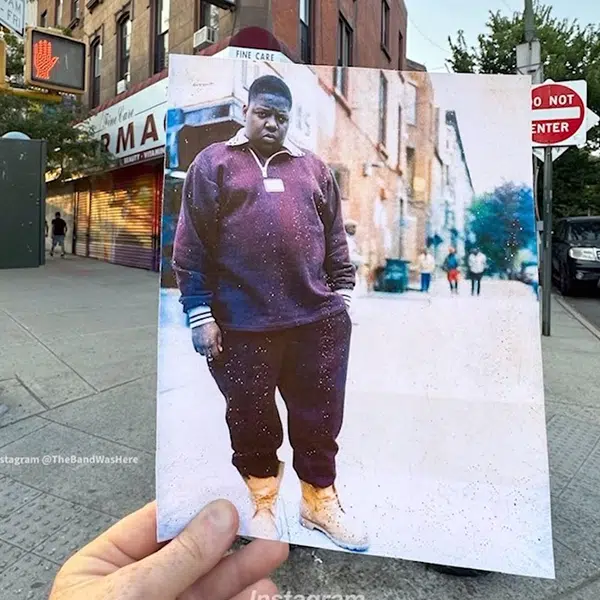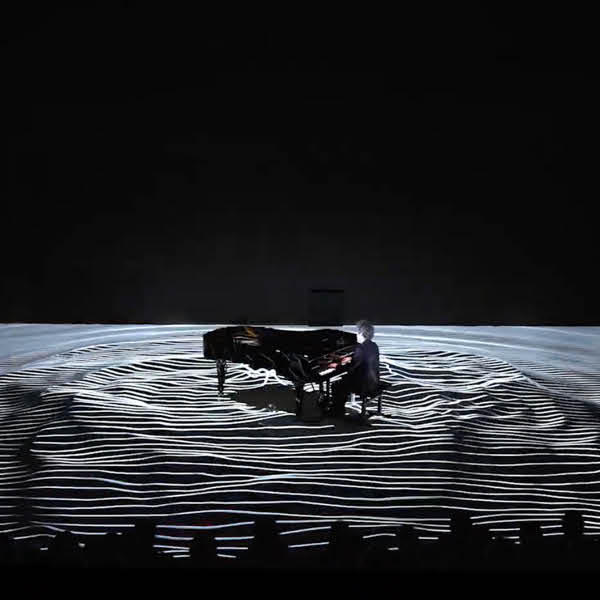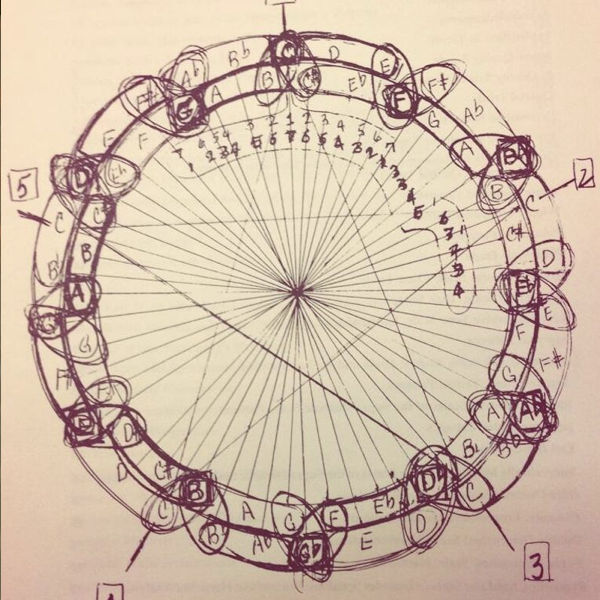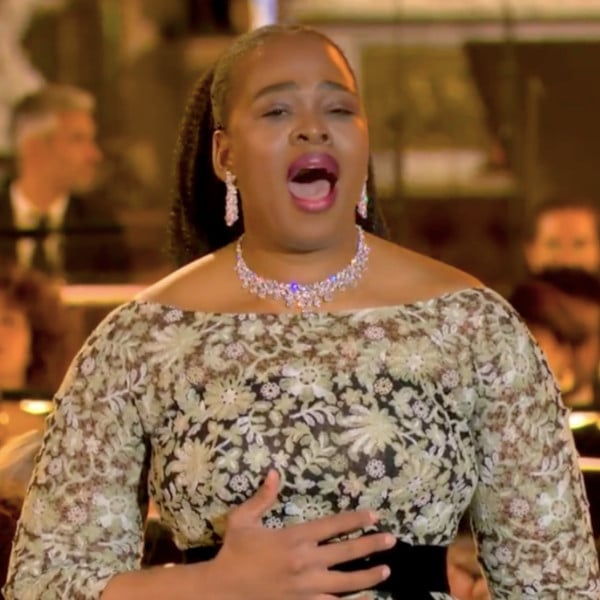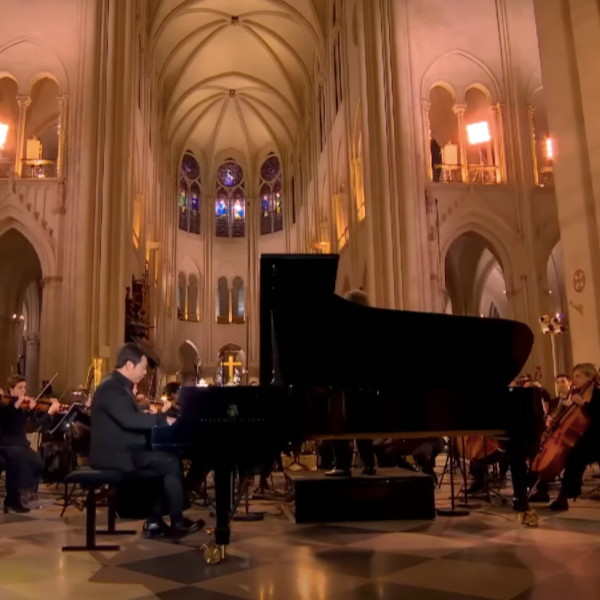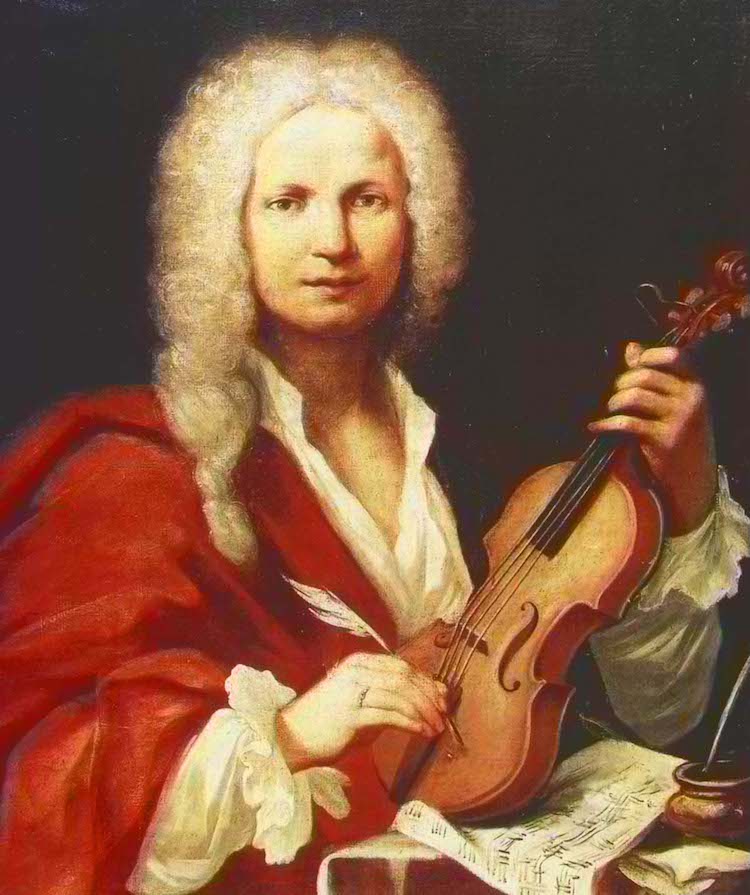
Assumed portrait of Vivaldi by an unknown artist, 1723 (Photo: Wikimedia Commons, Public domain)
At the same time that Baroque artists were creating elaborate paintings and sculptures, other creatives from this period sought to inspire awe through their music. One of the most renowned Baroque composers from this era was Antonio Vivaldi (1678–1741).
Originally from Venice, the Italian musician was renowned for his mastery of the violin, which led to numerous recognizable compositions; the most famous was his iconic series of violin concertos called “The Four Seasons.” And while Vivaldi was well known during his lifetime—creating music for princes and kings—he was nearly forgotten after his death until his work was rediscovered during the 2oth century.
Scroll down to learn nine facts about the classical composer Vivaldi.
Learn nine lesser-known facts about Italian Baroque composer Antonio Vivaldi.
He was from a musical family.
Vivaldi was taught how to play the violin by his father Giovanni Battista, who was a founding member of the Sovvegno dei musicisti di Santa Cecilia. They even toured Venice together, playing violin duets.
He suffered from a lifelong illness.
Throughout Vivaldi's life, he dealt with an unknown medical condition; he described one of his symptoms as a tightness of the chest. Modern historians have interpreted this description as a form of asthma. However, while his illness did discourage him from playing wind instruments, it did not interfere with his passion for the violin or composing.
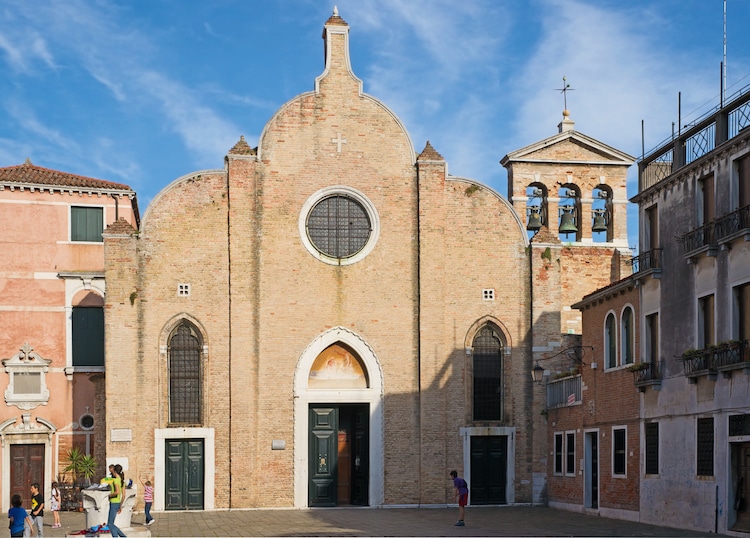
Church of San Giovanni in Bragora in Venice (Photo: Didier Descouens via Wikimedia Commons, CC BY-SA 4.0)
He was an ordained priest.
Vivaldi was ordained as a priest in 1703 when he was 25 years old. Only one year later, his fragile health prevented him from administering Mass. As a result, he found more time to work on his compositions and practice the violin.
He taught violin at an orphanage.
The same year Vivaldi was ordained as a priest, he became Master of Violin at an orphanage in Venice called the Ospedale della Pietà, an establishment that housed abandoned children as well as taught them music and a trade. He worked here for about 30 years while he created his most famous compositions. His abilities as an instructor increased the prestige of the orphanage's orchestra and choir.
“The Four Seasons” was revolutionary.
Vivaldi composed “The Four Seasons” between the years 1718 and 1720 while he was court chapel master in Mantua. His most famous and beloved series of compositions, “The Four Seasons” was unlike any other musical scores at the time. In it he depicts each season and the sounds associated with it (flowing creeks, singing birds, winter fires, ice-skating, etc.) through music.
Additionally, these concertos were each published with their own sonnet, which may have been written by Vivaldi as well.
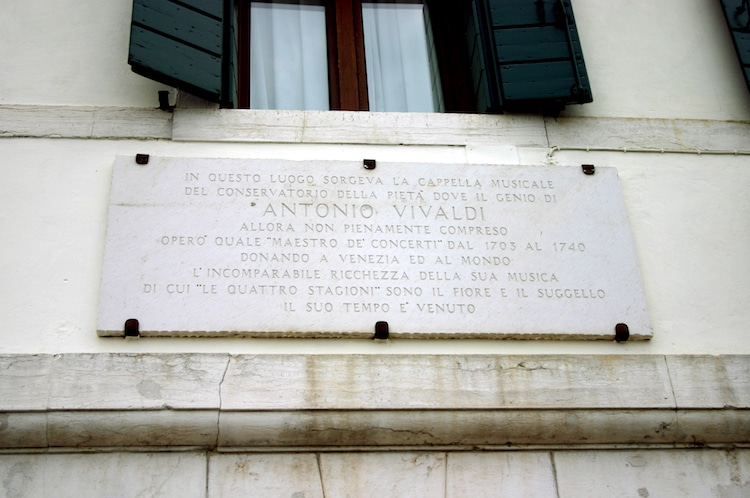
Plaque commemorating Antonio Vivaldi outside the Ospedale della Pietà (Photo:Giovanni Dall’Orto via Wikimedia Commons, CC BY-SA 2.5 IT)
He was commissioned by European nobility.
Vivaldi achieved significant success during his life, earning commissions from various European nobility. Some of his patrons include the king of France and the Holy Roman Emperor.
He was even bestowed the title of a knight by Emperor Charles VI of the Holy Roman Empire and invited to work at the imperial court.
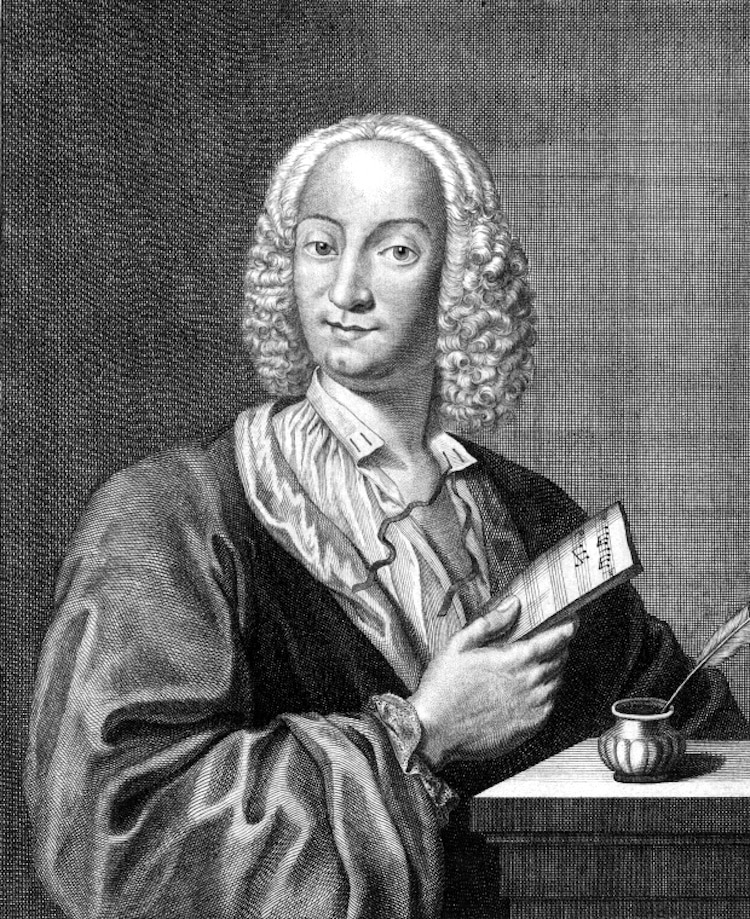
François Morellon de La Cave, Engraving of Antonio Vivaldi, 1725 (Photo: Wikimedia Commons, Public domain)
Bach was a fan of Vivaldi's music.
German composer Johann Sebastian Bach (1685–1750), who was about 10 years younger and part of the late Baroque period, was a big fan of Vivaldi's music and even transcribed some of Vivaldi's concertos for keyboard, strings, organ, and harpsichord.
Vivaldi died penniless.
After King Charles VI offered a position at his court to Vivaldi, the Italian composer relocated to Vienna. However, soon after arriving, Charles VI died, and Vivaldi was left without a source of income. As a result, he died at the age of 63 from an infection without any money to his name. Even his compositions were forgotten for decades after his death.
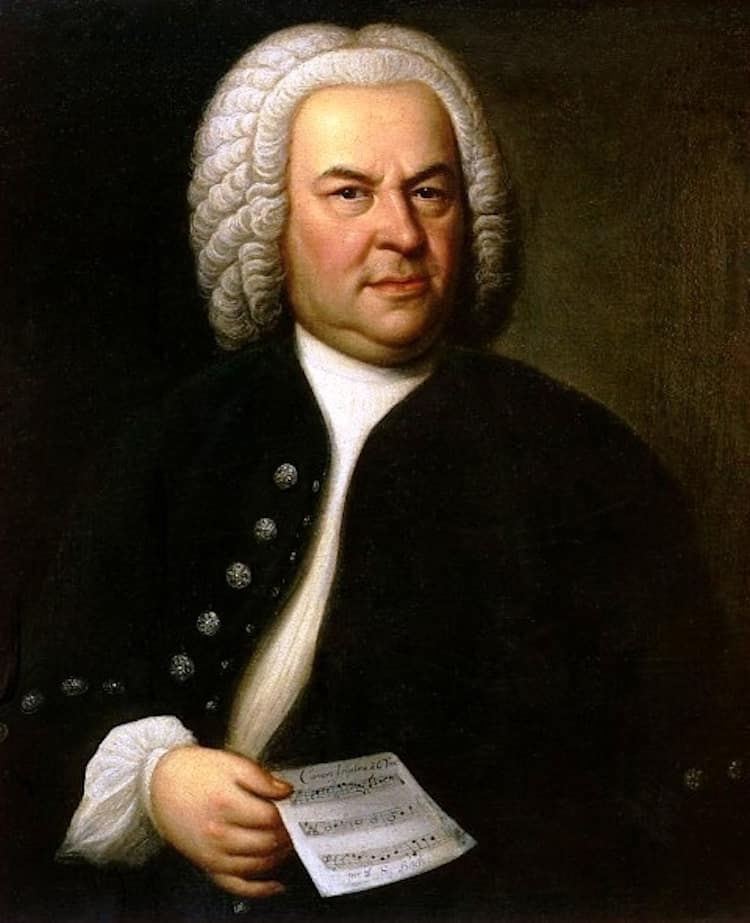
Elias Gottlob Haussmann, “Portrait of Johann Sebastian Bach,” 1748 (Photo: Wikimedia Commons, Public domain)
His work was revived in the 20th century.
Centuries after Vivaldi's death, his music was rediscovered after being fully cataloged in 1926 by historian Dr. Alberto Gentil at the University of Turin. Throughout the 20th century, musicians revived Vivaldi's work, slowly increasing the reputation of his array of compositions, which include concertos, operas, and choral music.
Frequently Asked Questions
What is Vivaldi best known for?
Antonio Vivaldi is best known for his series of violin concertos known as The Four Seasons.
Did Bach and Vivaldi ever meet?
Although Bach and Vivaldi were both active musicians during the Baroque period, they are not known to have met in person. Even so, Bach was known to be very appreciative of Vivaldi's music.
Why was Vivaldi important?
Vivaldi was an important Baroque composer for his innovative compositions, which featured harmonic contrasts and exuberant themes.
Related Articles:
8 Facts About the Classical Music Composer Mozart
8 Facts About the Classical Music Composer Ludwig van Beethoven
A Brief History of Ballet From European Courts to Modern Dance











































































